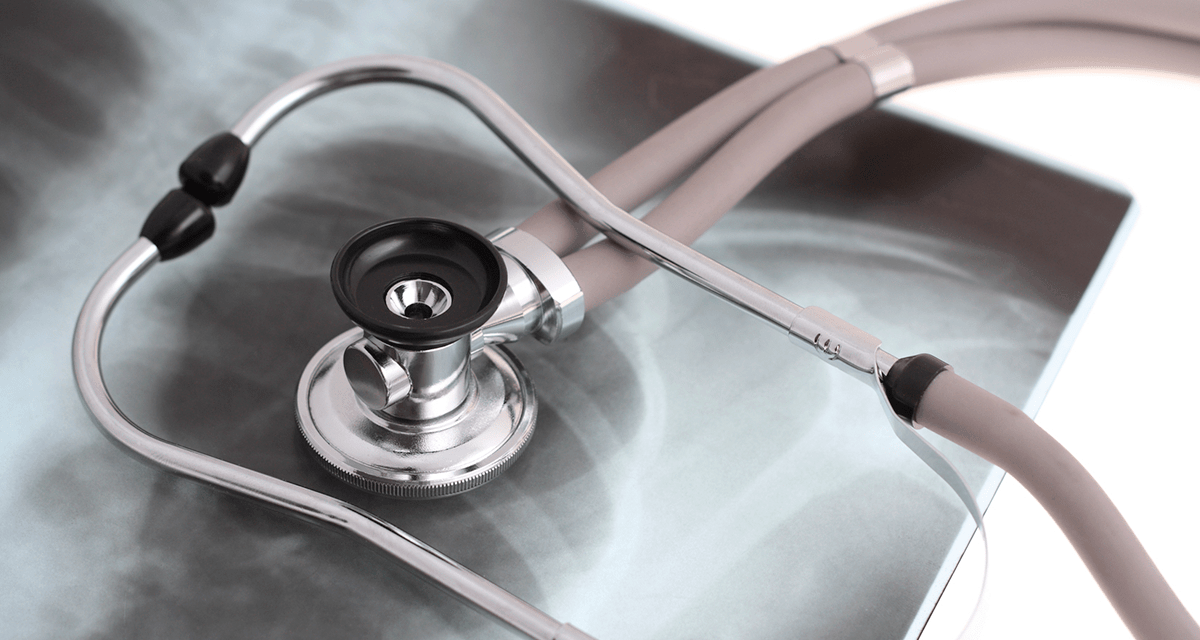New research was presented at ATS 2018, the annual American Thoracic Society International Conference, from May 18 to 23 in San Diego. The features below highlight some of the studies emerging from the conference.
Inappropriate Antibiotics for Asthma Is Common & Costly
Clinical guidelines state that current evidence does not support a role for antibiotic treatment of asthma exacerbation without strong evidence of lung infection. For a recent study, researchers reviewed medical records of adults hospitalized for asthma exacerbation and treated with corticosteroids over 2 years (2015-2016) at 554 hospitals. Among the 22,043 patients, 46% were treated with an antibiotic during the first 2 days of their hospital stay. These patients were somewhat older (mean age, 51 vs. 47 years), more likely to be white (50% vs. 42%) and smokers (8% vs. 6%), and had more comorbid conditions, relative to those who were not administered antibiotics. Compared with patients who did not receive an antibiotic, those who did had longer hospital stays (mean 4.4 vs. 3.4 days) yet similar treatment-failure rates (5.6% with and without antibiotics). In a propensity-matched analysis, receipt of antibiotics remained associated with longer time spent in the hospital, higher cost of hospitalization, and a significantly increased risk of antibiotic-related diarrhea, but not with an increased risk of treatment failure.
—————————————————————-
Pediatric Asthma, Allergies & Ozone Exposure
Previous studies have suggested that ozone depletes antioxidant activity, increases markers of inflammation in the respiratory tract fluid lining, and affects lung growth. According to a 10-year follow-up, exposure to ozone in early life raises the risk for asthma and allergic rhinitis by about 80% when compared with no such exposure. The study examined 1,881 children (48% boys) who were followed from birth for an average of 13 years. Among participants, 31% of the children developed asthma at an average age of 3 years, 42% had allergic rhinitis, and 76% had eczema. Each 10 parts per billion increase in exposure to ozone at birth was associated with an 82% increased risk of asthma, whereas exposure to nitrogen dioxide or small particulate matter was not associated with asthma.
—————————————————————-
Oral Contraceptives & Asthma Risk
With numerous formulations of contraceptives, precise information is lacking on which formulations impact which conditions. New research, however, indicates that the risk for asthma is elevated in women taking oral contraceptives. For a study, researchers assessed the health records of women aged 20 to 50 and identified more than 6.5 million women from 26 healthcare organizations in the US. Of these women, 2.1 million (32.4%) were using oral contraceptives, and more than 690,000 (10.6%) carried a diagnosis of lifetime asthma and had been treated with bronchodilators or inhaled corticosteroids. The prevalence of asthma was significantly higher in women taking oral contraceptives than in those who were not (14.3% vs 8.8%). The study investigators added that a large prospective study is needed to explore these findings in women of childbearing age who are and are not using oral contraceptives.
—————————————————————-
Revisiting the Obesity Paradox in COPD
Previous studies suggest that patients with COPD who are overweight and obese have an advantage in terms of both mortality and morbidity when compared with those with lower BMIs. A new study, however, finds that patients with COPD who are extremely overweight (BMI >40) do not gain this benefit. The research team obtained data from the SUMMIT trial, and examined a total of 16,485 adults from 43 nations, all with histories of smoking at least 10 packs a day. Underweight patients (BMI <20) had a higher mortality rate compared with those of normal weight (BMI, 20-25); however, those with a BMI greater than 40 also had a mortality disadvantage. Compared with the normal weight group, mortality was lower in the overweight group (BMI, 25-30) and the two obese groups (BMI, 30-35; and BMI, 35-40).
—————————————————————-
Cost Savings With Home Ventilation
While home ventilation can be costly for patients with COPD, study results suggest that a new device can help save patients and the healthcare system money by helping to keep this patient population out of the hospital and doctors’ offices. Use of the home, noninvasive ventilation device—at a cost of $3,000—in addition to home oxygen therapy was found to save the healthcare system $3,927 per person when compared with the costs associated with oxygen therapy alone. Among patients using the ventilation system for the study, costs were $4,298 for devices, $10,805 for doctor visits, $758 for medication, and $8,598 for treatment of exacerbations, while the corresponding costs for oxygen therapy alone were $1,582 for devices, $15,033 for doctor visits, $1,088 for medication, and $10,683 for treatment of exacerbations. The total costs were $24,458 for home oxygen therapy plus home, noninvasive ventilation versus $28,386 for home oxygen therapy alone.


